“Knowledge is power.”
– Sir Francis Bacon
Surviving a Minnesota winter isn’t easy, and we often spend most of it bundled up indoors. We shield ourselves with warm fires and central heating, encased in a tropical bubble so unlike what is going on outdoors. As cozy as we are with the help of modern technology, however, we often forget that the plants we know and love are left shivering in the cold.
As cold as it gets here, we need plants that can stand up to a long winter of icy temperatures. Luckily, when you’re browsing the Marketplace, you’ll notice a little number on the plants’ tags. This number is very important – informing you how your plant will perform when the winter comes.
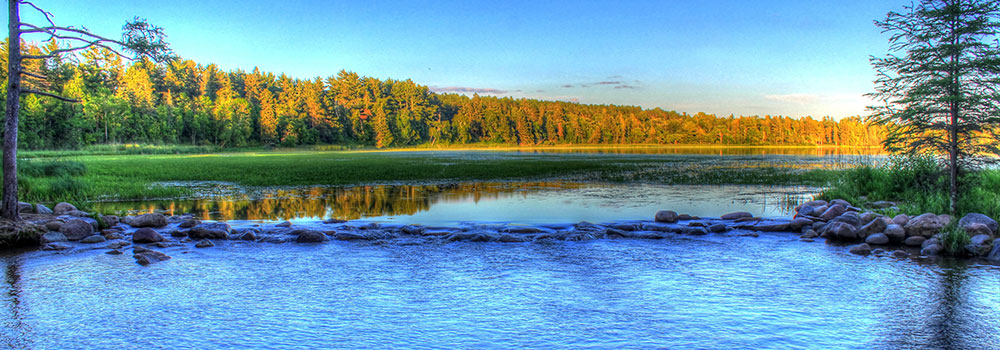
Defining “Zone”:
When looking for plants to last many years, you will want to ensure that they can withstand the coldest, harshest temperatures that your garden will face. If they can’t last the winter, they won’t make it to spring, but how can we be sure? You could certainly do hours of climate and species research to design or next garden. You could also simply follow the numerical system established by the US Department of Agriculture (USDA), which carefully plots North America into numbered climate regions.
These zone numbers indicate the “hardiness” a plant will need in order to endure the coldest temperatures each region faces in winter. The coldest zone is the arctic Zone 0, where temperatures have been known to be colder than -18℉. The warmest zone is tropical Zone 12, where temperatures below 55℉ would be too chilly for its plants.
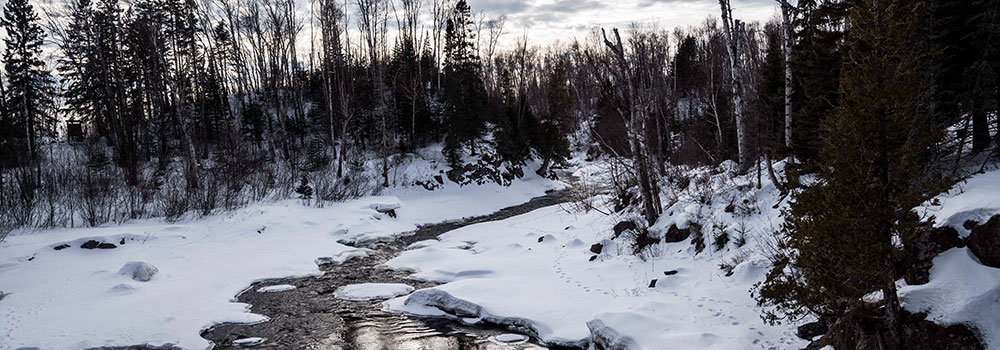
What’s My Zone?:
Here in Minnesota, we will see Zones 3-5 depending on which region you’re in. Northern communities will sit in Zone 3, while central communities will sit in Zone 4a. The Southern side of the state consists of Zone 4b (only slightly varied from Zone 4a), except for a tiny bubble of Zone 5a on the Iowa border.
While marked as part of Zone 4b, Minneapolis may be able to dip into Zone 5. Larger city centers tend to create their own micro-climates that exist slightly warmer than the surrounding area. If you’re from the city and have your eye on a Zone 5 plant, you may be able to make it work with a little extra TLC.
Can I Plant Outside My Zone?:
When faced with an identifier like a zone number, many people will fear that they are limited to only planting within that label. This is not entirely the case, though! While it is true that plants designated for your zone will grow best there, plants from colder zones will grow just as well.
Anything labeled for Zone 4 or lower will offer the perfect low-maintenance option for gardeners in our area. These plants are often native to our climate and will do fine with occasional watering and very little extra work. Luckily, there are plenty of gorgeous Zone 4 plants to be enjoyed, like Violets, Azaleas, and even Hibiscus! If a more exotic and tropical aesthetic is what you seek, keep in mind the extra work that comes with it.
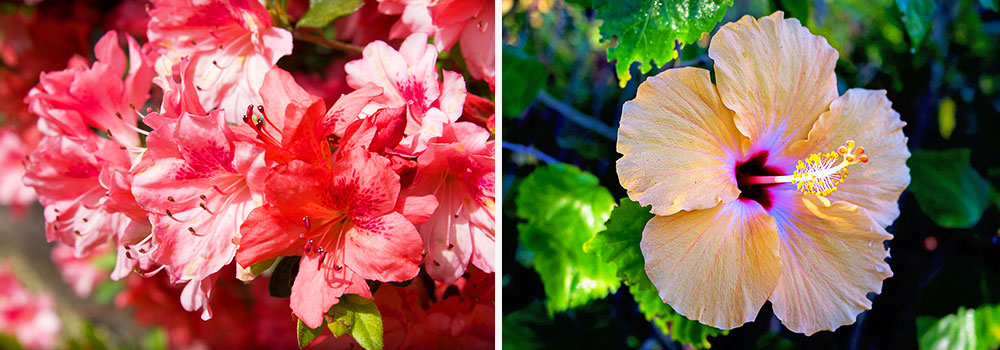
Plants above Zone 4 will definitely need care and extra effort to prepare them for the chill of winter. These plants will need more watering in the fall – maybe even all season – and will definitely need to be mulched to give them an extra protective layer against the cold. While planting above your Zone is possible with lots of coddling, keep in mind that you are gambling that the winter won’t be the coldest it possibly can.
Many may have shrugged off zone numbers in the past, not knowing how much of a difference it makes on the longevity of our gardens. To find out more about zones and where your garden may sit, drop into the Marketplace today! We’d love to help you find the perfect pairing of maintenance and look that you want for your garden.


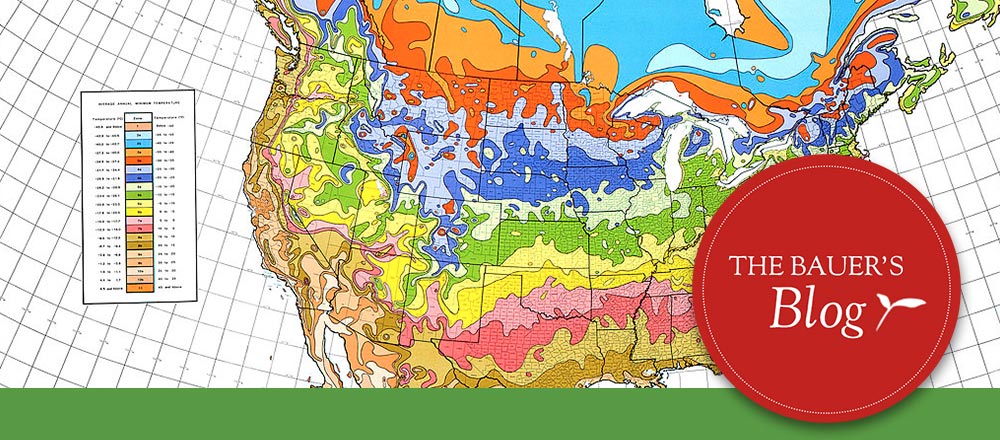



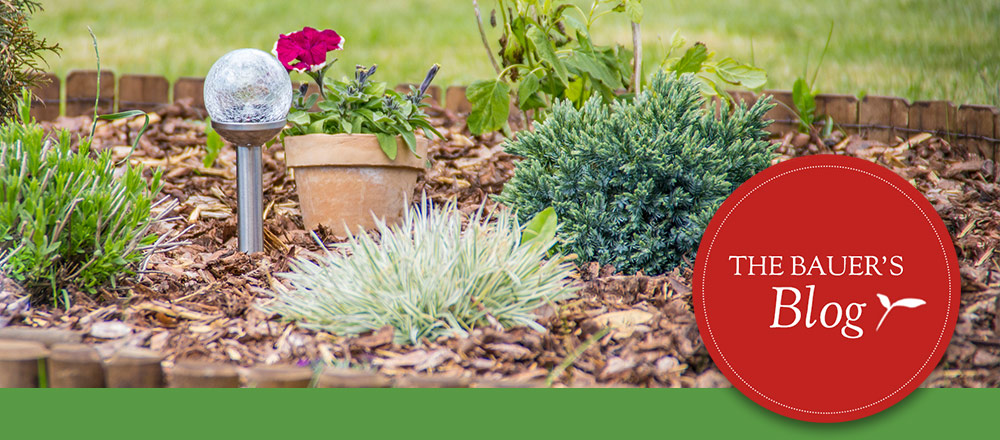
Leave A Comment